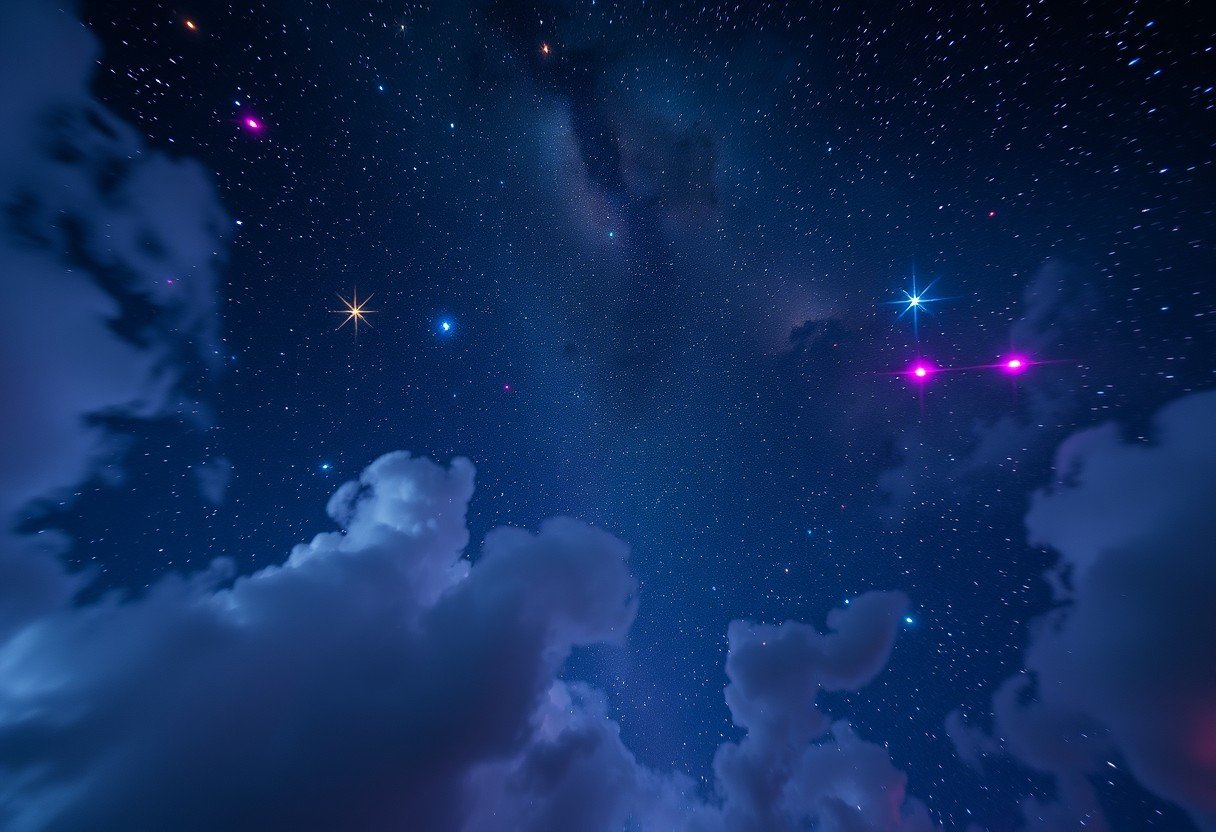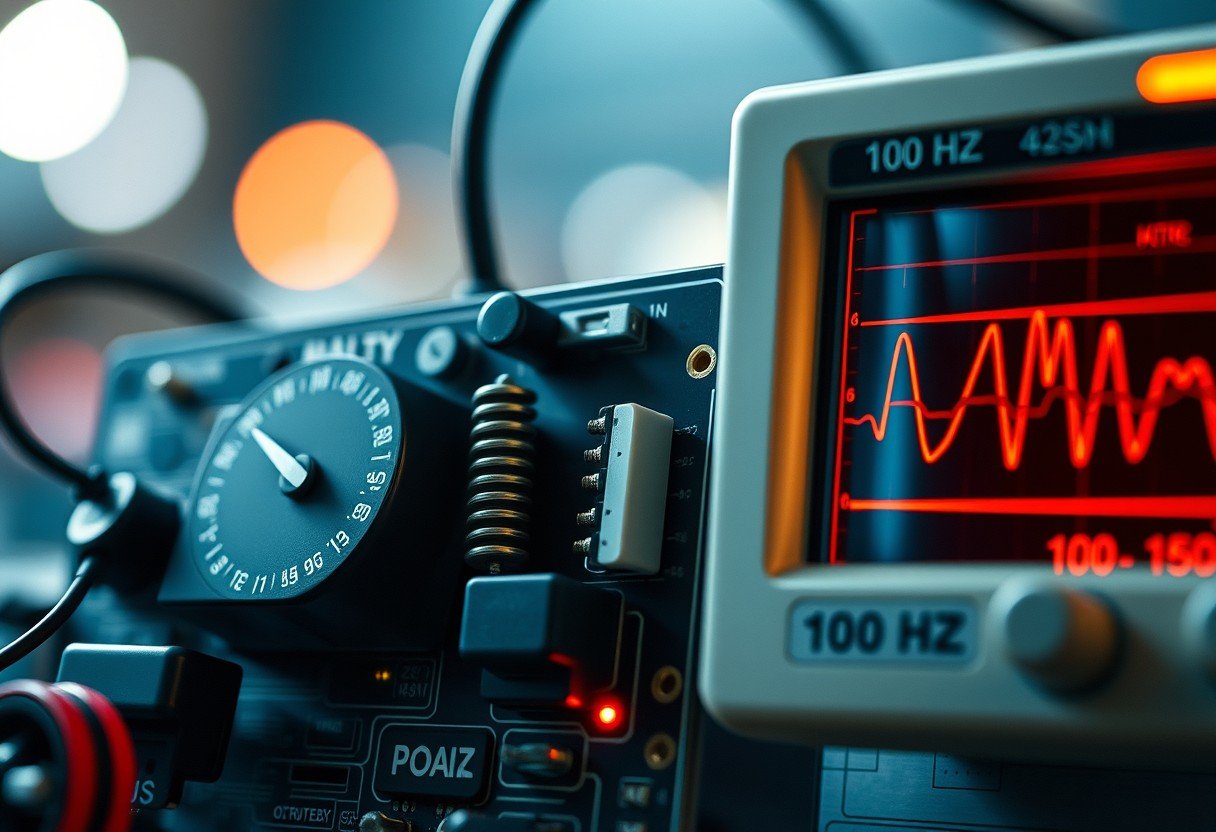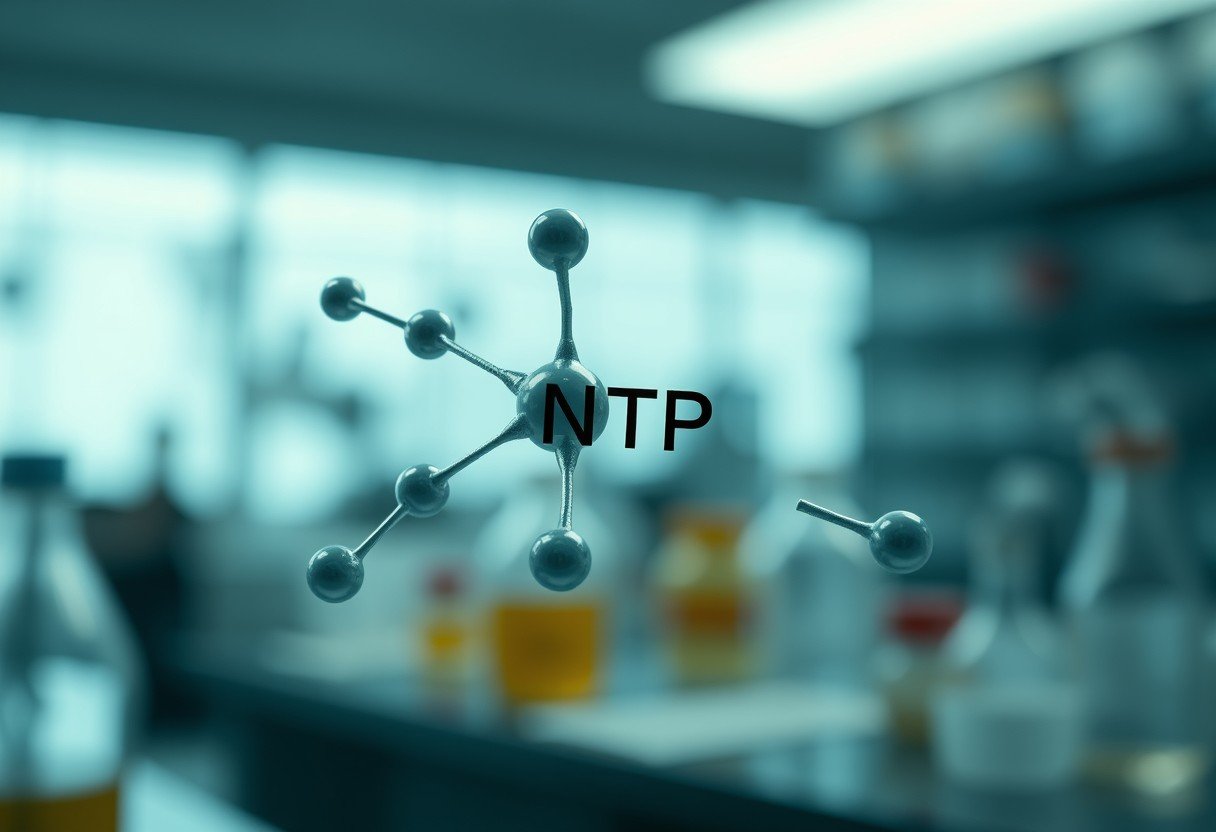Hydrogen is the cornerstone of stars, fueling the cosmic engines that light up our universe. But what if its fundamental properties were different? Imagine a universe where hydrogen had the smallest mass per nuclear particle. This single change would rewrite the rules of stellar physics, altering how stars are born, how they live, and how they die. Exploring this fascinating idea helps us understand why our universe is the way it is and the delicate balance that makes it all possible.
How Hydrogen’s Mass Shapes Our Universe
In our universe, hydrogen is the simplest and most common element, making up about 75% of all normal matter. Its mass is crucial for star formation. Giant clouds of gas and dust, mostly hydrogen, collapse under their own gravity to form new stars.
The current mass of hydrogen sets the conditions for this collapse. It determines the temperature and pressure needed in a star’s core to kickstart nuclear fusion, the process that powers it. This delicate balance between gravity pulling inward and the energy from fusion pushing outward is what keeps a star stable for billions of years.
Think of hydrogen as the foundational log in a cosmic campfire. It’s plentiful and catches fire at just the right temperature to sustain a long, steady burn, allowing the universe to be filled with long-lived, stable stars like our sun.
The Core of the Matter: Changes to Nuclear Fusion
Nuclear fusion is the engine of a star. In the core, immense pressure and heat force hydrogen atoms to fuse together, creating helium. This process releases a tremendous amount of energy because a helium atom has slightly less mass than the hydrogen atoms that formed it. The missing mass is converted into energy, as described by Einstein’s famous equation, E=mc².
If hydrogen had the smallest mass per nuclear particle, this energy release would be even greater. Fusion would become a much more efficient and powerful process, capable of starting at lower temperatures and pressures.
This increased efficiency would fundamentally change the internal dynamics of a star. The core would not need to be as hot or dense to sustain itself, which would have a domino effect on the star’s entire structure, from its size to the way energy moves from the core to the surface.
A Star’s Life: Faster, Brighter, Shorter
With fusion reactions running in overdrive, stars would burn through their hydrogen fuel at a much faster rate. This is similar to how a powerful sports car uses more gas than an economy car. The stars would be incredibly bright and hot, shining with a brilliant intensity far beyond what we see in our night sky.
However, this brilliant existence would come at a cost.
- Drastically Shorter Lifespans: Stars like our sun, which has a lifespan of about 10 billion years, might only last for a few hundred million years.
- Rapid Evolution: The entire lifecycle, from birth to death, would be accelerated. Stars would move through their main sequence phase quickly and rush toward their explosive ends.
- Violent Deaths: Massive stars would end their lives as supernovae much more frequently, enriching the universe with heavy elements at a rapid pace.
This rapid lifecycle means the universe would look very different. Instead of a mix of old and young stars, the cosmos might be dominated by stellar remnants like neutron stars and black holes, with new, bright stars constantly flaring up and burning out.
What These New Stars Would Look Like
The appearance and structure of stars would be completely transformed. The intense energy output would likely make them larger and hotter, causing them to shine with a blue or white light. The internal layers we see in stars today, like the radiative and convective zones, might be structured differently or less distinct.
A comparison helps to visualize these dramatic differences.
| Characteristic | Stars in Our Universe | Hypothetical Lighter-Hydrogen Stars |
|---|---|---|
| Primary Fuel | Standard Hydrogen | Lighter Hydrogen |
| Fusion Rate | Moderate and Stable | Extremely Fast and Intense |
| Lifespan | Long (billions of years for sun-like stars) | Short (millions of years) |
| Luminosity | Varies, stable for long periods | Extremely High and Bright |
Furthermore, the extreme conditions within these stars could lead to the formation of exotic stellar objects. The unique physics might allow for structures that are currently only theoretical, such as stars with strange compositions or densities that challenge our current understanding of matter.
The Ripple Effect on Planets and Life
The nature of a star directly impacts its surrounding planets. With stars that are hotter and brighter, the habitable zone, the region where liquid water can exist, would be much farther away and wider. Planets would need to orbit at a greater distance to avoid being scorched.
However, the biggest challenge for life would be time. The drastically shorter lifespans of these stars would leave very little time for complex life to evolve. On Earth, it took billions of years for intelligent life to appear. In this hypothetical universe, a star might die out long before life could get beyond a simple, microbial stage.
The intense radiation and stellar winds from these stars would also create harsh environments on nearby planets. The chances of a planet maintaining a stable atmosphere and climate long enough for life to thrive would be incredibly slim, making the universe a much less hospitable place.
A New Cosmic Recipe for Elements
Stars are the universe’s element factories. Through fusion, they create helium, carbon, oxygen, and all the heavier elements necessary for building planets and life. With stars living and dying so quickly, the chemical composition of the universe would be altered.
Heavier elements, forged in the fiery deaths of massive stars, would be produced and scattered into space much more rapidly. This could mean that a younger universe would be far richer in elements like iron and gold than our own was at a similar age. While this might sound good for forming rocky planets, the overall instability and violent nature of the cosmos would likely outweigh this benefit.
The balance of elements would be different, potentially affecting everything from the chemistry of gas clouds to the composition of the planets that form from them. The very building blocks of the cosmos would follow a different recipe.
Frequently Asked Questions
Why would stars burn faster if hydrogen was lighter?
A lighter hydrogen with a smaller mass per particle would release significantly more energy during fusion. This supercharged energy output would accelerate the rate at which the star consumes its hydrogen fuel, leading to a much shorter and more brilliant life.
Would these hypothetical stars be hotter or cooler than our stars?
They would be much hotter and more luminous. The increased efficiency of nuclear fusion would generate far more energy in the star’s core, causing its surface temperature to rise dramatically and making it shine with an intense blue or white light.
Could life as we know it exist in this type of universe?
It is highly unlikely. The short lifespans of stars would not provide the billions of years of stability needed for complex life to evolve. Additionally, the intense radiation from these stars would likely make nearby planets inhospitable.
How would galaxies look different with these types of stars?
Galaxies would be much brighter and more dynamic, with a high rate of star birth and death. You would see more supernovae explosions and fewer long-lived, stable stars, potentially altering the overall structure and appearance of spiral arms and galactic cores.
Would the universe have more or fewer black holes?
Given that massive stars would form and die more rapidly, the universe would likely have a much larger population of stellar remnants, including black holes and neutron stars. These objects would form much earlier and more frequently in cosmic history.









Leave a Comment